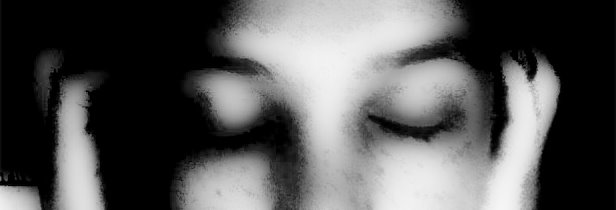
Several speculative and yet untested hypotheses suggest thatendogenous DMT, produced in the human brain, is involved in certain psychological and neurological states. DMT is naturally produced in small amounts in the brain and other tissues of humans and other mammals.[19] Some believe it plays a role in mediating the visual effects of natural dreaming, and also near-death experiences, religious visions and other mystical states.[20] A biochemical mechanism for this was proposed by the medical researcher J. C. Callaway, who suggested in 1988 that DMT might be connected with visual dream phenomena, where brain DMT levels are periodically elevated to induce visual dreaming and possibly other natural states of mind.[21] A new hypothesis proposed is that in addition to being involved in altered states of consciousness, endogenous DMT may be involved in the creation of normal waking states of consciousness. It is proposed that DMT and other endogenous hallucinogens mediate their neurological abilities by acting as neurotransmitters at a sub class of the trace amine receptors; a group of receptors found in the CNS where DMT and other hallucinogens have been shown to have activity. Wallach further proposes that in this way waking consciousness can be thought of as a controlled psychedelic experience. It is when the control of these systems becomes loosened and their behavior no longer correlates with the external world that the altered states arise. [22]
Dr. Rick Strassman, while conducting DMT research in the 1990s at the University of New Mexico, advanced the theory that a massive release of DMT from the pineal gland prior to death or near death was the cause of the near death experience (NDE) phenomenon. Several of his test subjects reported NDE-like audio or visual hallucinations. His explanation for this was the possible lack of panic involved in the clinical setting and possible dosage differences between those administered and those encountered in actual NDE cases. Several subjects also reported contact with 'other beings', alien like, insectoid or reptilian in nature, in highly advanced technological environments[12] where the subjects were 'carried', 'probed', 'tested', 'manipulated', 'dismembered', 'taught', 'loved' and even 'raped' by these 'beings'.
In the 1950s, the endogenous production of psychoactive agents was considered to be a potential explanation for the hallucinatory symptoms of some psychiatric diseases as the transmethylation hypothesis[23] (see also adrenochrome). Unfortunately, this hypothesis does not account for the natural presence of endogenous DMT in otherwise normal humans, rats and other laboratory animals. The proposal by Dr. Callaway was, however, the first to suggest a useful function for the endogenous production of DMT: to facilitate the visual phenomenon of normal dreaming.
Writers on DMT include Terence McKenna, Jeremy Narby and Graham Hancock (in passages of Supernatural) though most scientists who study psychedelic drugs treat their writings with skepticism[citation needed]. McKenna writes of his DMT experiences with a decidedly less skeptical slant, often presuming that the drug's "intoxication" is indicative of realms of consciousness equally as valid as waking-life if not more so. In his writings and speeches, he recounts encounters with entities he sometimes describes as "Self-Transforming Machine Elves" among equally colorful phrases. McKenna believed DMT to be a tool that could be used to enhance communication and allow for communication with other-worldly entities. Other users report visitation from external intelligences attempting to impart information. These Machine Elf experiences are said to be shared by many DMT users. From a researcher's perspective, perhaps best known is Dr. Rick Strassman's DMT: The Spirit Molecule (ISBN 0-89281-927-8);[24] Dr. Strassman speculated that DMT is made in the pineal gland, largely because the necessary constituents (see methyltransferases) needed to make DMT are found in the pineal gland.
Culture
In Brazil there are a number of religious movements based on the use of ayahuasca, usually in an animistic context that may be shamanistic, sometimes mixed with Christian imagery. There are four main branches using DMT-MAOI based sacraments in Brazil:
- Indigenous Brazilian. These are the oldest cultures in the whole of South America that continue to use ayahuasca or analogue brews, such as the ones made from Jurema in the Pernambuco, near Recife.
- Santo Daime ("Saint Give Unto Me") and Barquinha ("Little Boat"). A syncretic religion from Brazil. The former was founded by Raimundo Irineu Serra in the early 1930s, as an esoteric Christian religion with shamanic tendencies. The Barquinha was derived from this one.
- União do Vegetal (Union of Vegetal or UDV). Another Christian ayahuasca religion from Brazil, is a single unified organization with a democratic structure.
- Neo-shamans. There are some self-styled shamanic facilitators in Brazil and other South American countries that use ayahuasca or analogous brews in their rituals and séances.

Nenhum comentário:
Postar um comentário